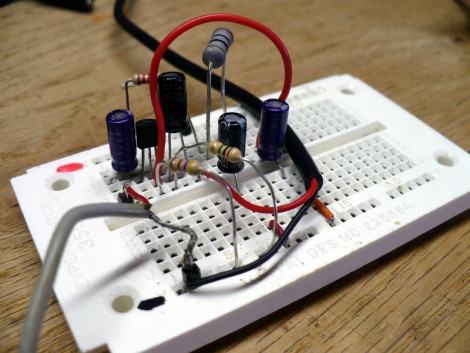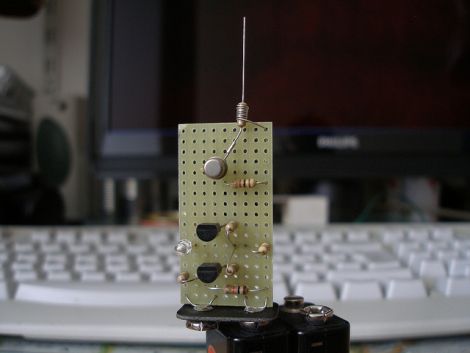Go to any concert, show, or basement band practice, and you’ll find someone recording a bootleg. While these live recordings are sometimes fairly high quality, bootlegs recorded with a cell phone usually sound terrible. The guys over at Open Music Labs have a great solution to these poor quality recordings that only needs a few dollars worth of parts.
The project is called bootlegMIC. It’s a simple modification of an electret microphone – the same type of mic found in cellphones and bluetooth headsets – that allows for some very high quality recording in very noisy environments. According to the open music labs wiki, the modification is as simple as cutting a few traces on the PCB in an electret mic and soldering on a cap and a few resistors.
An electret mic contains a small JFET to amplify the signal coming from the microphone diaphragm; the specific JFET is selected by the manufacturer to ensure the microphone has the right gain and response. Usually these JFETs are chosen with the expectation of a relatively quiet environment, and trying to record a concert only results in a ton of distortion. By putting a resistor between the source of the JFET and ground of the microphone, it’s possible to reduce this distortion.
The circuit is easy enough to solder deadbug style, and should work with most cellphones. The guys at Open Music Lab were able to get their mic working with an iPhone, but they’re still working on figuring out the Android mic input. There’s a great demo video showing the improvement in audio quality; you can check that out after the break.
Continue reading “Getting Great Bootlegs With The BootlegMIC” →














